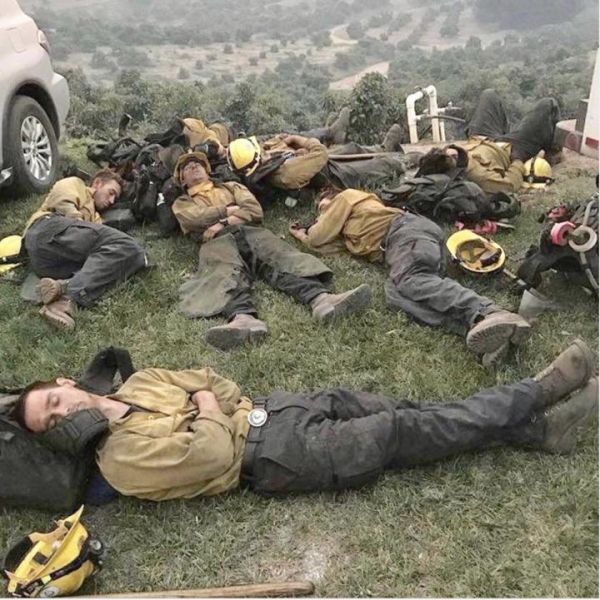In California, a changing climate has made autumn feel more like summer, with hotter, drier weather that increases the risk of longer, more dangerous wildfire seasons, according to a new Stanford-led study.
The paper, published in Environmental Research Letters, provides insights that could inform more effective risk mitigation, land management and resource allocation.
“Many factors influence wildfire risk, but this study shows that long-term warming, coupled with decreasing autumn precipitation, is already increasing the odds of the kinds of extreme fire weather conditions that have proved so destructive in both northern and southern California in recent years,” said study senior author Noah Diffenbaugh, the Kara J Foundation professor at Stanford’s School of Earth, Energy & Environmental Sciences.
Since the early 1980s, the frequency of autumn days with extreme fire weather conditions has more than doubled in California. Rainfall during the season has dropped off by about 30 percent, while average temperatures have increased by more than 2 degrees Fahrenheit or more than 1 degree Celsius. The most pronounced warming has occurred in the late summer and early autumn, causing tinder-dry conditions in forests and grasslands to coincide with the strong, dry “Diablo” and “Santa Ana” winds that typically occur during the autumn in northern and southern California.
Read more at Stanford University
Image: Wildland firefighters in Kern County, California rest after working 24-hour shifts during the Thomas Fire of 2017. (Credit: Kern County Fire Department)


